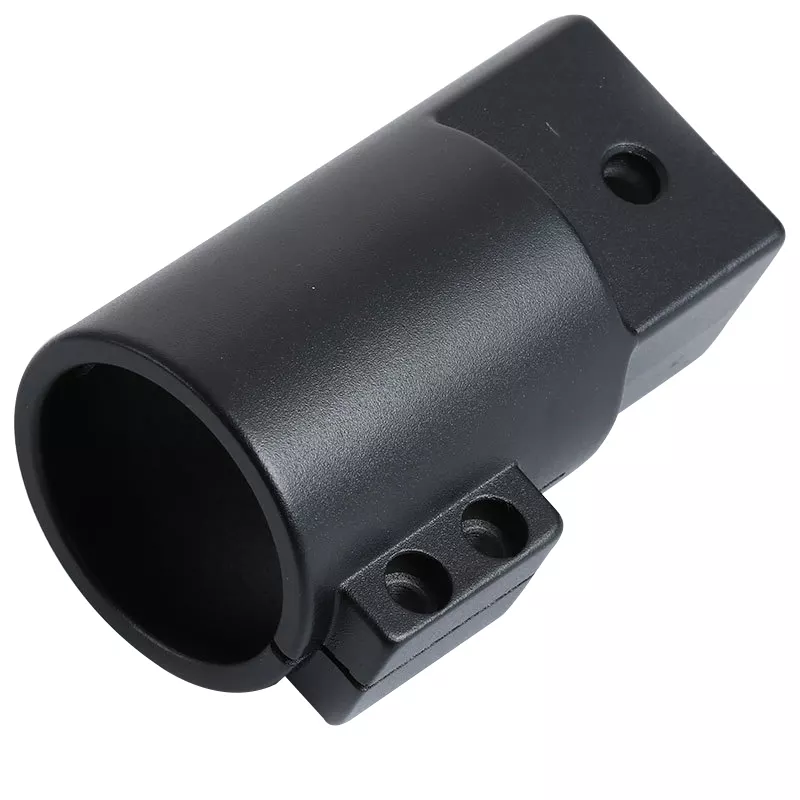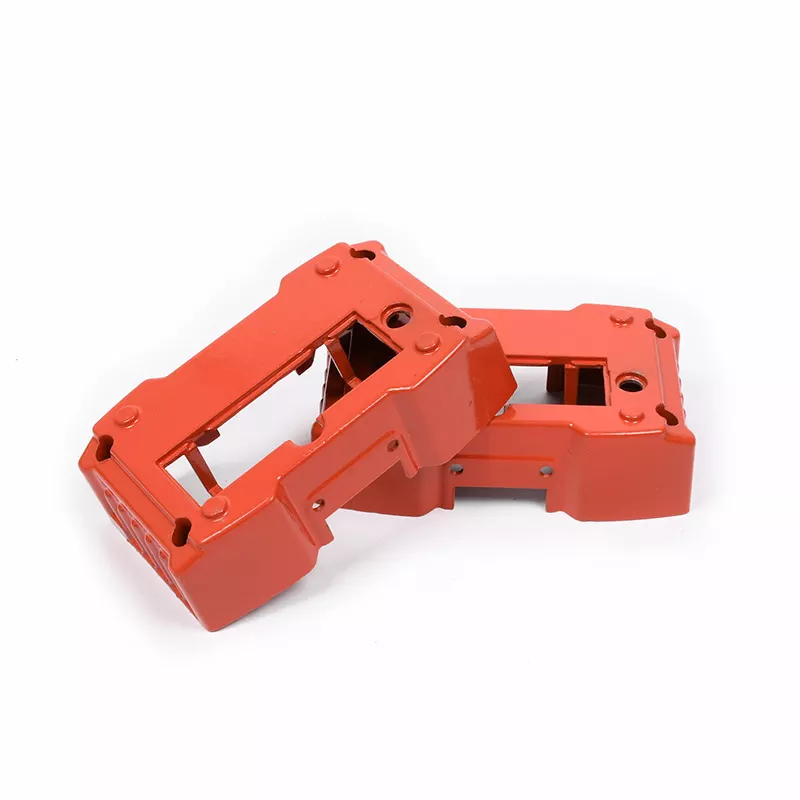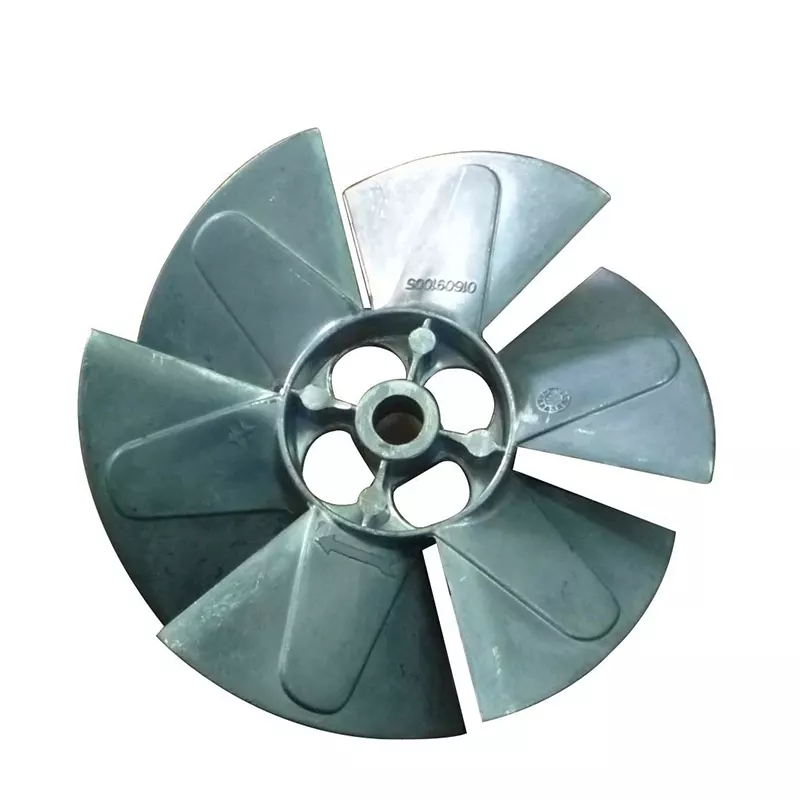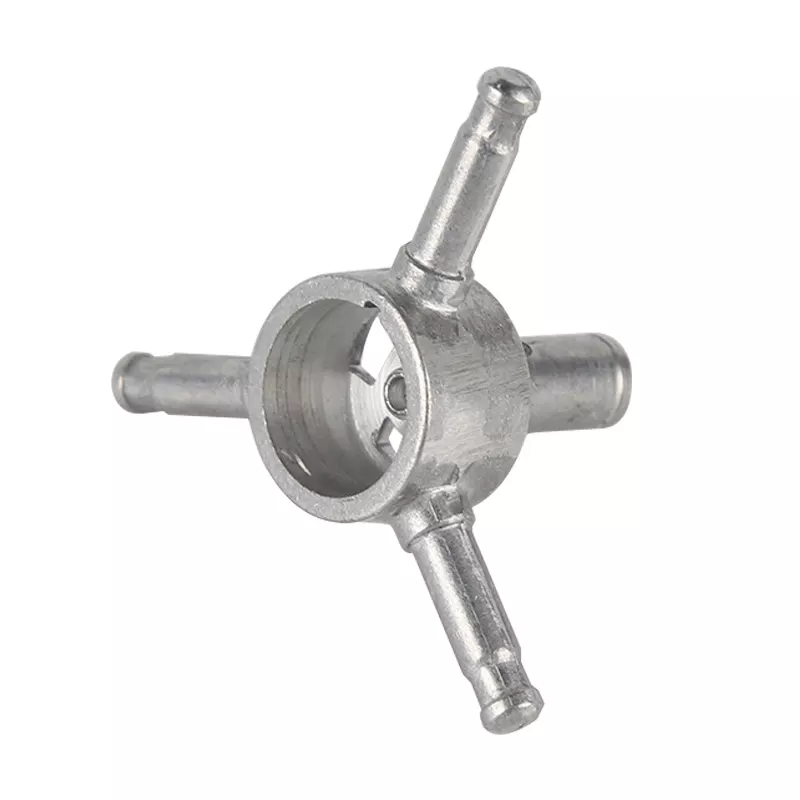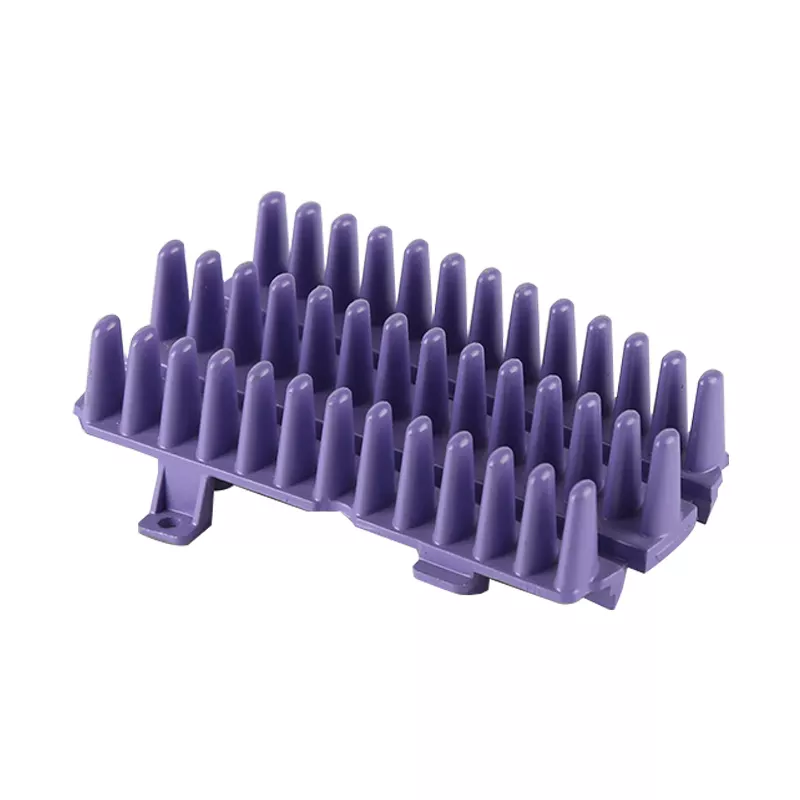
Old-fashioned precision casting methods mostly use split crystallizers, especially when casting flat ingots. The water jacket and the crystallizer are separated. With the development of casting technology, the mold of modern precision casting is integrated. The cooling water consumption is large when casting with the old mold, because the water supply of the old mold is not closed, part of the cooling water is open to the cooling effect, and the cooling intensity of the primary cooling and the secondary cooling is different, which is unavoidable. Some ingot quality defects; while casting with modern crystallizers. The cooling water consumption is small. Practice has proved that it is only about 70% of the water consumption of the old crystallizer. At present, low-liquid-level mold casting is mostly used in foreign countries. The purpose is to improve the cooling strength and reduce or eliminate the heating phenomenon in the air gap area after the primary cooling. Therefore, there is almost no secondary cooling quenching. The ordinary casting of flat ingots has already crystallized The height of the device is reduced to 100 people. Of course, this requires the operator to have a high level of operation or add a liquid level control system.
The requirement of cold flushing intensity on the temperature of the cooling water cannot be ignored. Normally, the temperature of the cooling water is set at 20°, but due to the regional climatic conditions. The conditions of water supply facilities and the temperature of the workshops have caused great changes, resulting in regional or seasonal ingot quality defects. The modern mold water supply system has pulse or cross phase transformation functions, which are all determined by process programming. Therefore, the cooling intensity can be set as a curve according to the requirements of the casting process, especially for some hard alloys with poor low-temperature plasticity, and cold cracks during precision casting And hot cracks exist almost at the same time. The additional water baffle system increases the surface temperature of the ingot to the tensile deformation plastic temperature, eliminates the cold cracks of the ingot, and takes measures to prevent hot cracks in the process to obtain high-quality ingots.
The cooling intensity is also called the cooling rate. The cooling intensity not only has an impact on the cracks of precision casting, but also has a greater impact on the structure of the ingot. With the increase of cooling intensity, the crystallization speed of the ingot increases, and the intragranular structure is more refined; as the cooling intensity increases, the casting The liquid hole of the ingot becomes shallow. The size of the transition zone is reduced. The metal feeding condition is improved, and the defects such as looseness and pores in the ingot are reduced or eliminated. The density of the ingot is improved: in addition, the size of the primary compound can be refined, and the degree of regional segregation can be reduced.




